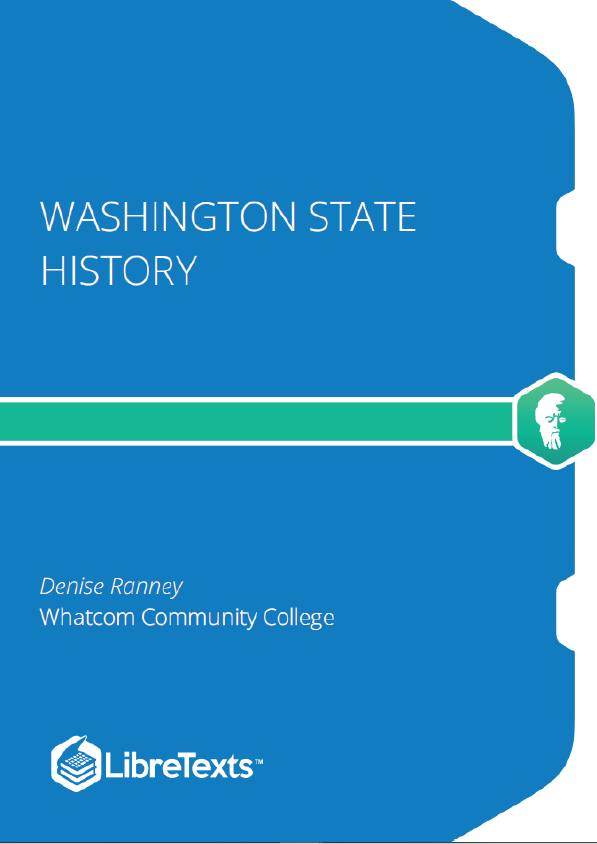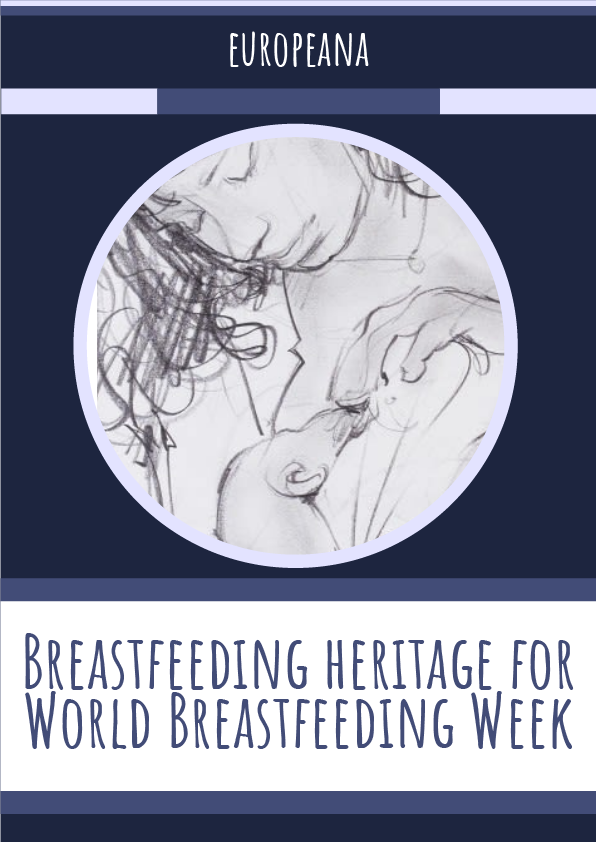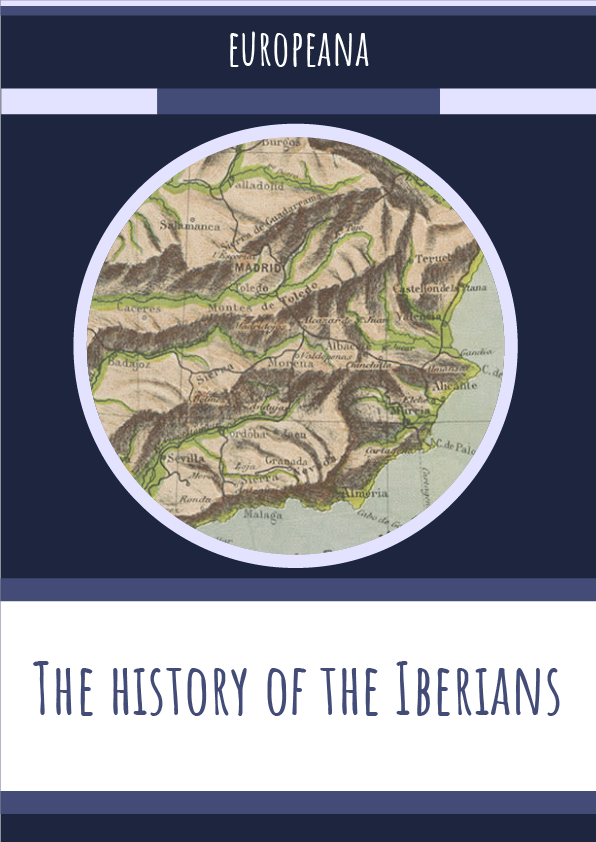One thing evident as you travel through the state of Washington is the variety of landscapes and ecosystems you will encounter. In a few hours, starting from the Pacific Ocean beaches of Western Washington, you can travel east through dense evergreen forests, through high mountain passes with glaciers, to the dry hills and plateaus of Eastern Washington. This state has distinct geographic regions and geological formations that will be explored in this lesson.
Geography of Washington
Various sources focused on Washington state geographic regions describe the regions in similar manner, but they may divide the state in different numbers of regions, from 5 regions to 7 regions. Netstate provides short descriptions of 6 distinct geographic regions of the state.
Physiographic Regions
- Olympic Peninsula (Olympic Mountains)
- Coast Range
- Puget Sound Lowlands
- Cascade Range (Cascade Mountains)
- Columbia Plateau.
- Rocky Mountains
- Cascade Mountains
- Columbia Plateau
- Rocky Mountains
Western Washington
Washington’s distinct geographic regions reflect an exciting geologic history. David Tucker in Geology Underfoot in Western Washington describes Western Washington geology as dynamic, with active volcanoes, glaciers, and ancient and active faults. He points out the importance of the Cascadia Subduction Zone where the Juan de Fuca Tectonic Plate moves eastward to meet the North American Tectonic Plate 80 miles off the Washington State coast. For over 40 million years, our volcanoes in the Cascade Range have grown and erupted because of the plates’ movements in the Cascadia Subduction Zone. Earthquake activity, a result of the movement of these tectonic plates, has occurred over millions of years, and earthquakes continue to threaten disaster as the population of Western Washington has grown the last 100 years.
In Whatcom County, a trip up the Mt. Baker Highway to the Mt. Baker ski area and Artist Point is a fabulous place to visit a volcano, Mt. Baker, and observe the area glaciers and lava fields. It is a magnificent place to take in these magnificent features of geology.
Eastern Washington
According to the authors of Washington Rocks! A Guide to Geologic Sites in the Evergreen State, the vast Columbia Plateau began to be covered with layers of lava from volcanic eruptions 17 million years ago. This unique landscape was scoured and scraped by giant ice sheets. Affecting the region as well, were a series of immense floods caused when parts of ice sheets and ice dams warmed up and released enormous amounts of fast flowing water from Western Montana, over the Columbia Plateau, and down the Columbia River as it forms our border with Oregon, ending in the Willamette Valley in Western Oregon. The distinct coulees and channeled scablands of Eastern Washington were formed during these flood episodes. The floods are referred to as the Missoula Floods and Spokane Floods. The video (The Great Floods: Cataclysms of the Ice Age) gives an excellent visual account of these floods and their effects on the distinct geology of Eastern Washington.











